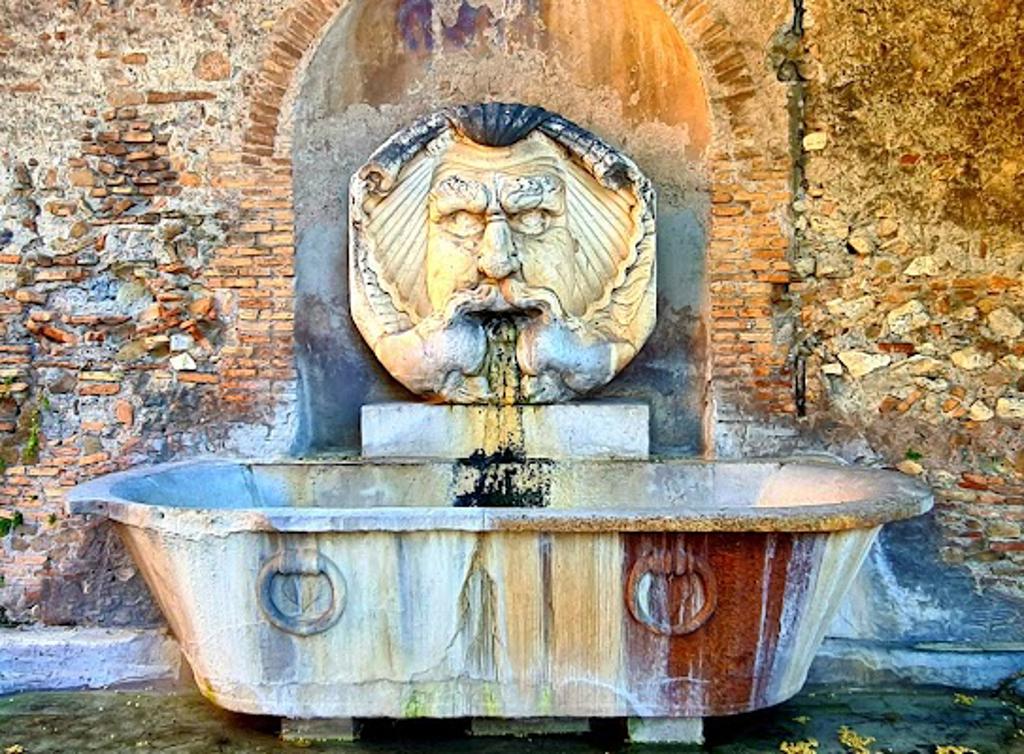About Giardino degli Aranci
The scent of oranges fills the air, mingling with the gentle rustle of leaves in the Giardino degli Aranci, or the Orange Garden. This serene park, perched atop the Aventine Hill, offers a panoramic view of Rome that is nothing short of breathtaking. The garden's layout, with its symmetrical paths and neatly arranged orange trees, creates a tranquil oasis amidst the bustling city below. Visitors are drawn to the terrace at the garden's edge, where the cityscape unfolds in a sweeping vista, from the dome of St. Peter's Basilica to the ancient ruins scattered across the horizon.
Originally designed in 1932 by Raffaele De Vico, the garden occupies the site of an ancient fortress belonging to the Savelli family. The transformation of this space into a public garden reflects Rome's dedication to preserving its historical sites while making them accessible to all. The orange trees, which give the garden its name, are said to have been inspired by the nearby Basilica of Santa Sabina, where Saint Dominic planted a bitter orange tree in the 13th century. This connection to history and legend adds a layer of depth to the garden's peaceful ambiance.
Right Where It Began
The Giardino degli Aranci stands on a site rich with history, dating back to the medieval period when it was part of the Savelli family's fortress. The remnants of this fortress can still be seen in the garden's walls, which add a sense of ancient mystery to the surroundings. The transformation of this space into a public garden in the early 20th century marked a new chapter in its history, turning a private stronghold into a place of communal beauty and reflection.
Plan your perfect trip to Rome with Travo! Download now and start exploring.
Marks of Time
Visible elements of the garden tell stories of its past. The ancient walls, now draped with ivy, whisper tales of the fortress that once stood here. The garden's design, with its orderly rows of orange trees, reflects the influence of Renaissance garden aesthetics, emphasizing harmony and balance. These elements serve as a reminder of Rome's ability to blend the old with the new, creating spaces that honor their historical roots while providing modern-day enjoyment.
Stories in Stone
The garden's terrace, known as the Belvedere, is a stone platform that offers one of the most stunning views of Rome. This vantage point has inspired countless artists and writers, capturing the imagination with its sweeping panorama. The stones underfoot, worn smooth by decades of visitors, are a testament to the garden's enduring appeal. Each step taken here is a step through history, as visitors gaze out over the city that has stood for millennia.
Details That Speak
Notice the intricate details of the garden's design, from the carefully pruned orange trees to the elegant stone benches that invite quiet contemplation. The garden's layout encourages exploration, with paths that lead visitors through shaded groves and open spaces. The orange trees themselves, with their vibrant fruit and fragrant blossoms, are a living connection to the garden's namesake and a symbol of the city's rich agricultural heritage.
Living History
Today, the Giardino degli Aranci is a beloved retreat for both locals and tourists, offering a peaceful escape from the city's hustle and bustle. It serves as a venue for cultural events and a gathering place for those seeking solace in nature. The garden's enduring beauty and historical significance make it a vital part of Rome's cultural landscape, a place where the past and present coexist in perfect harmony.






Map loading...
Location
Belvedere Luigi Magni, 00153, Rome
